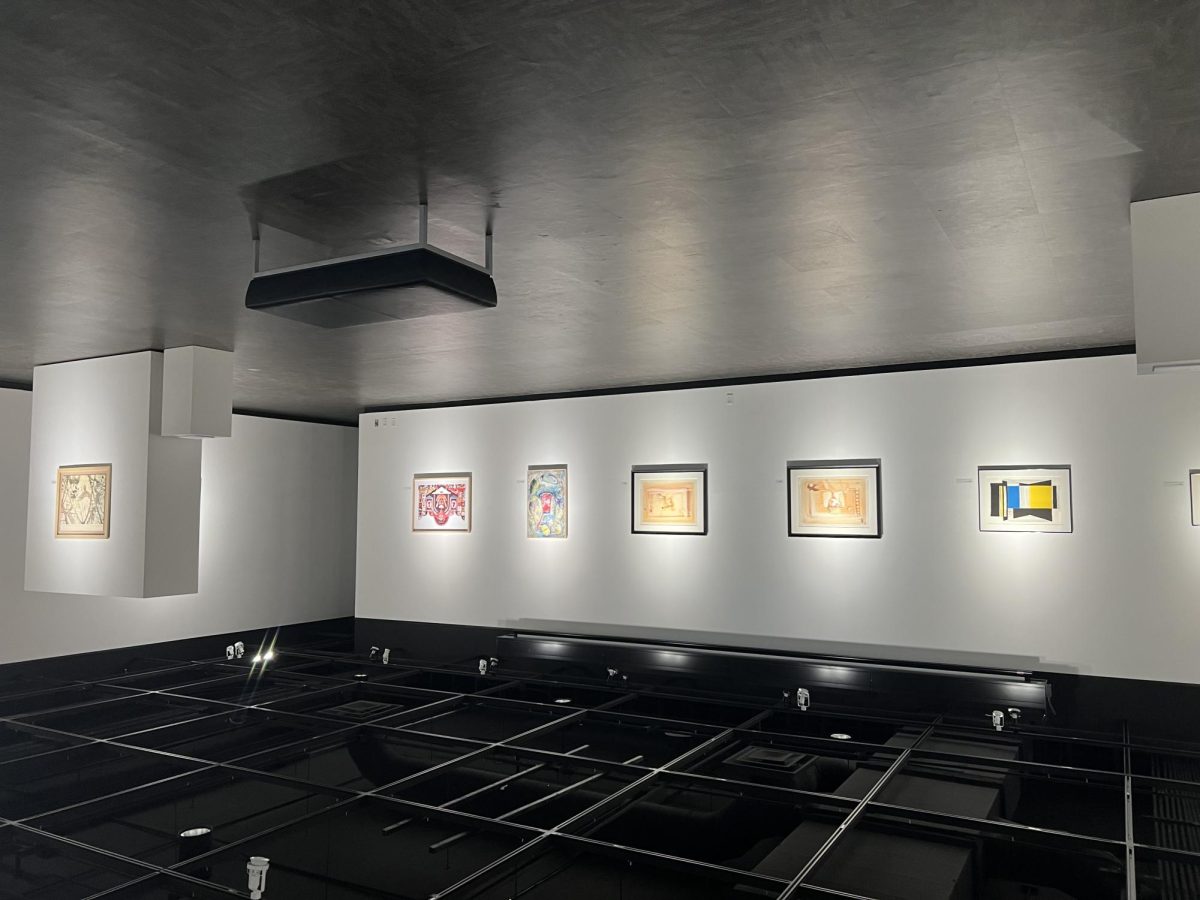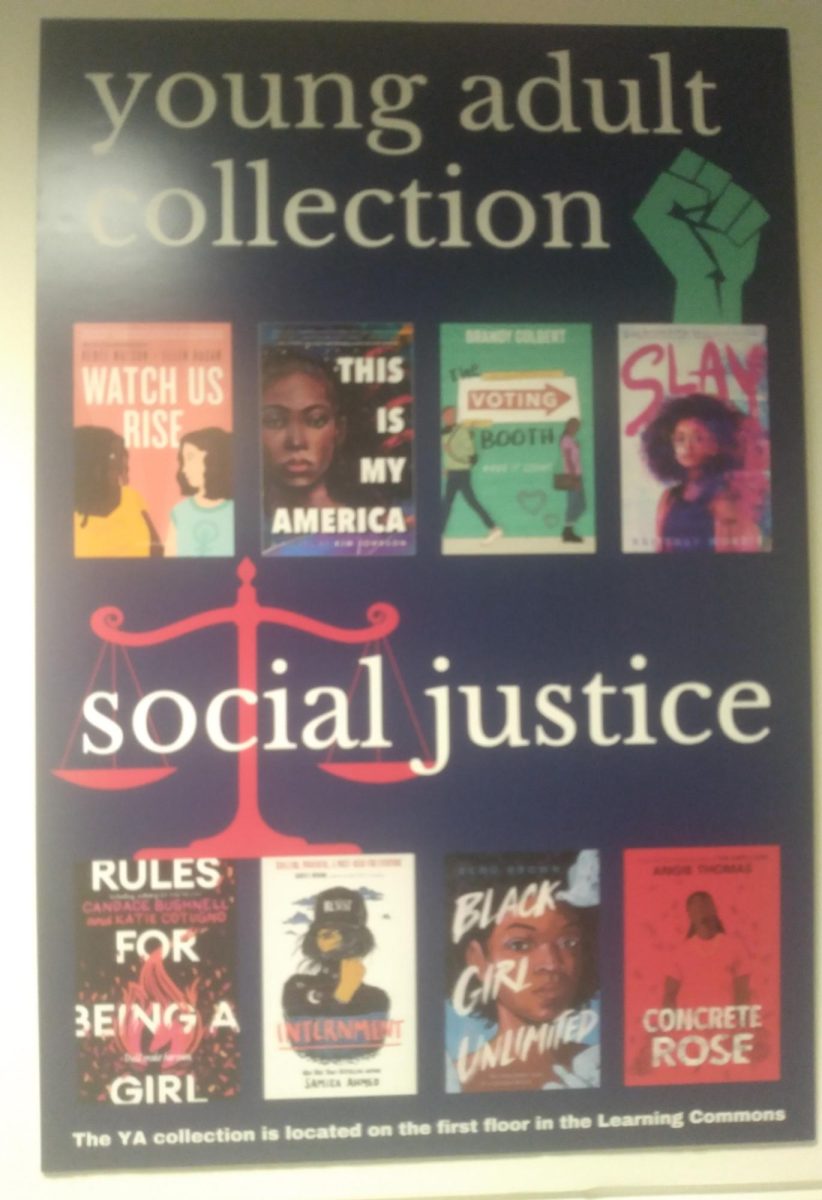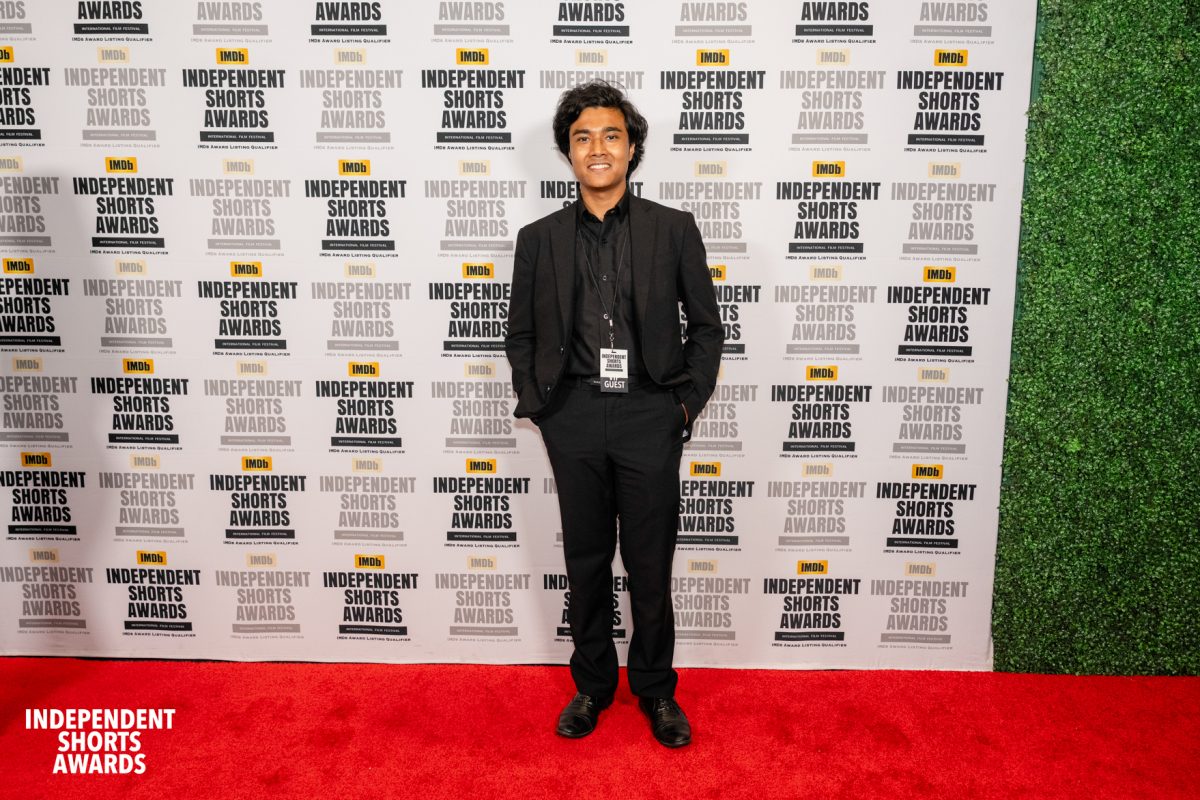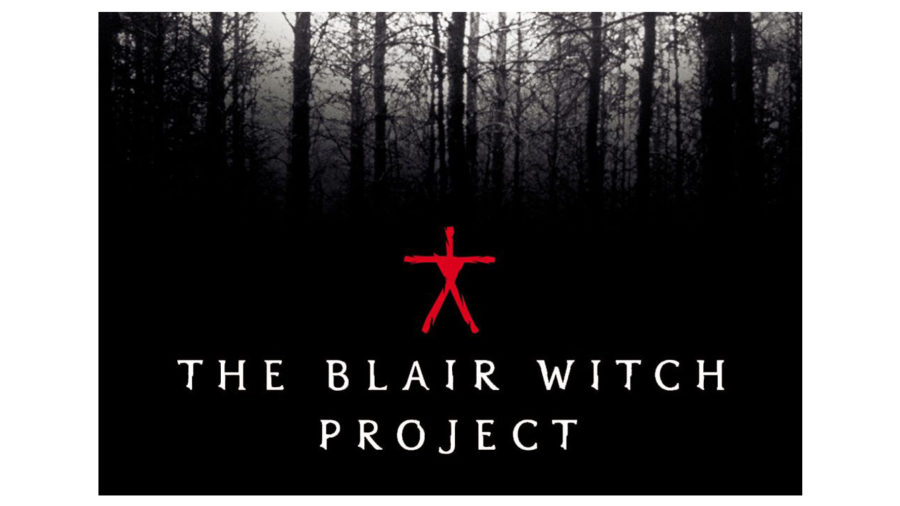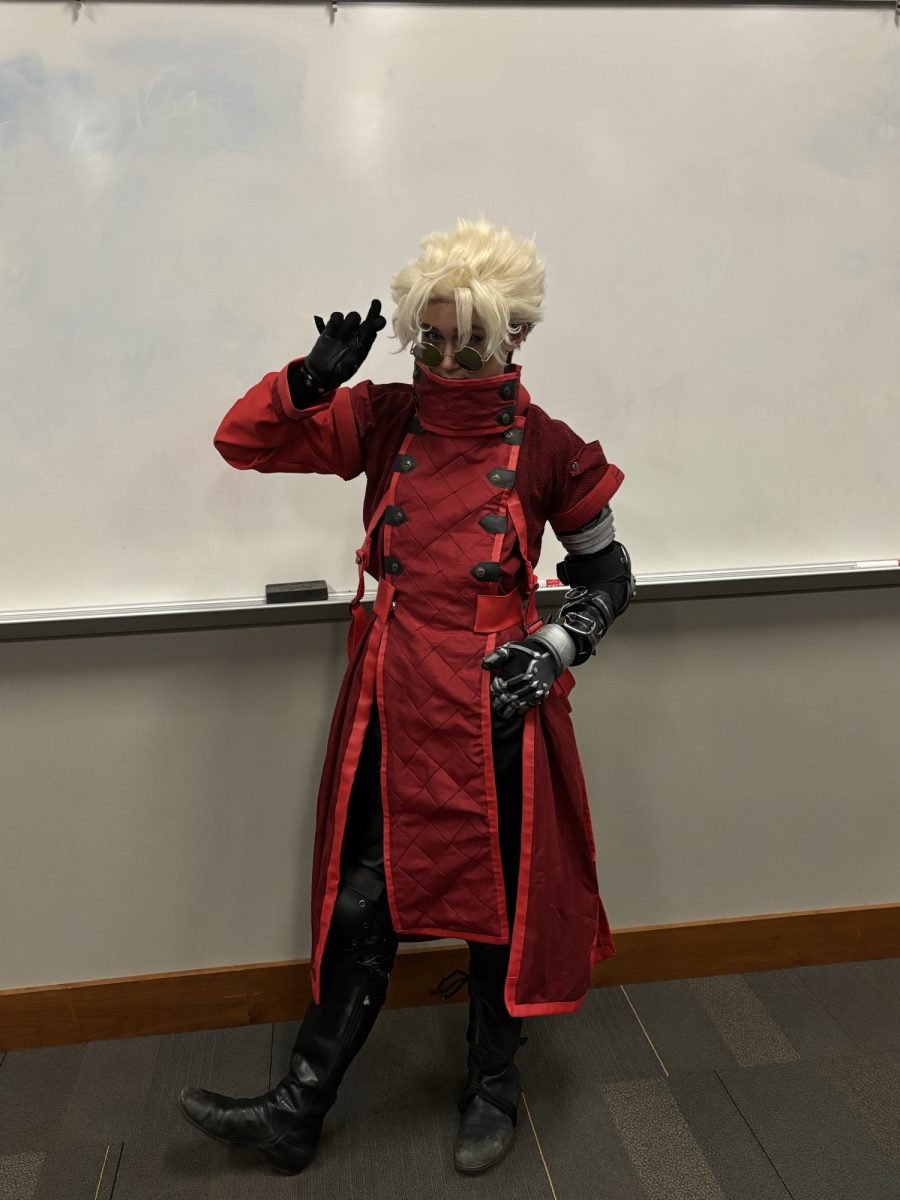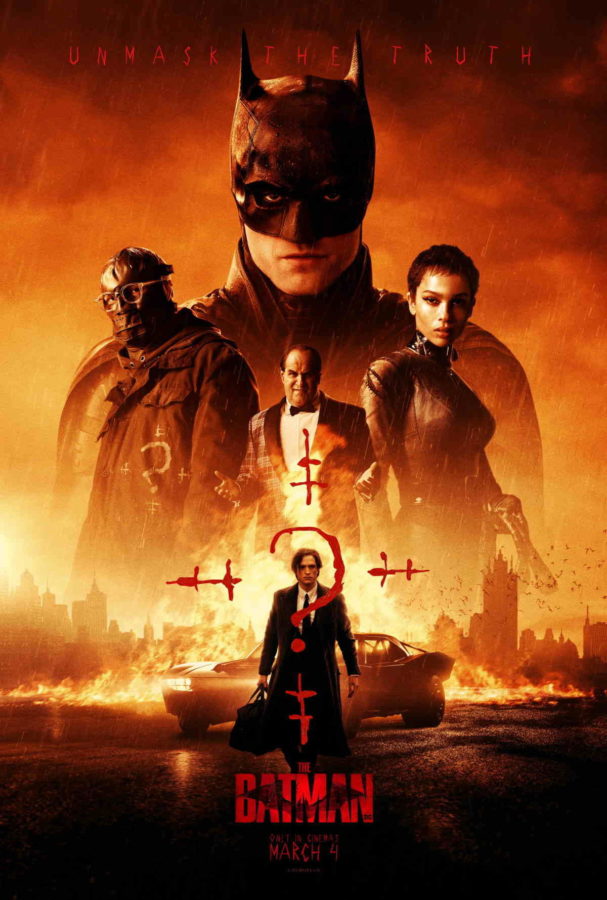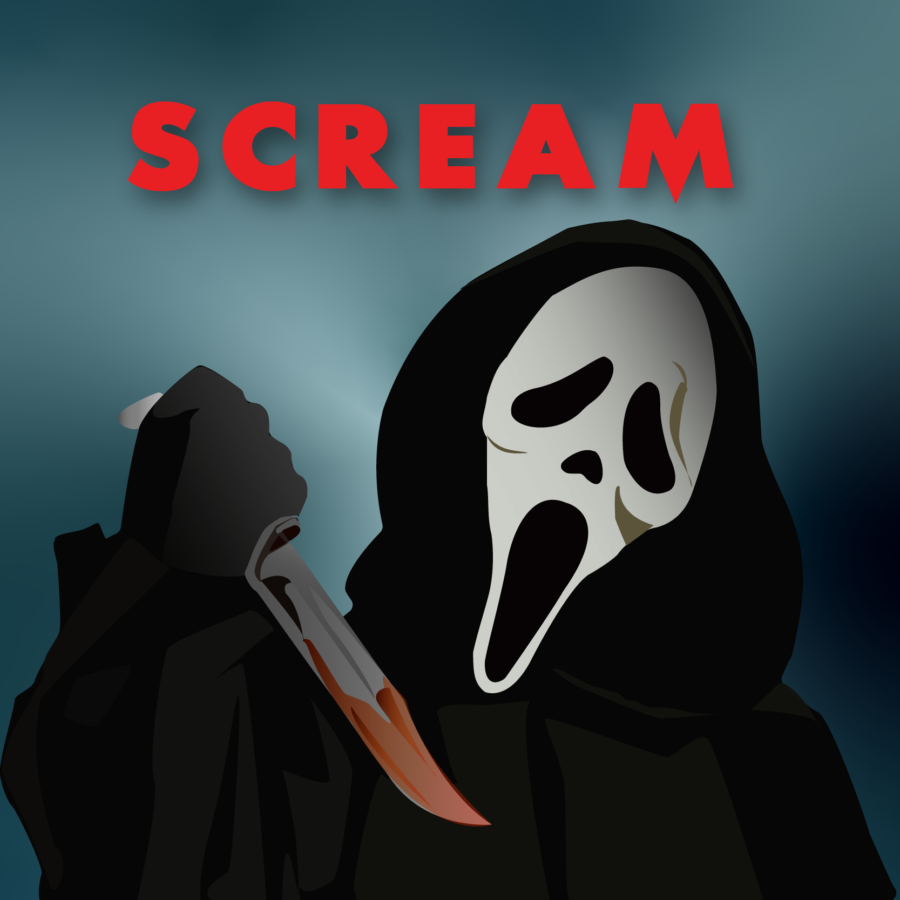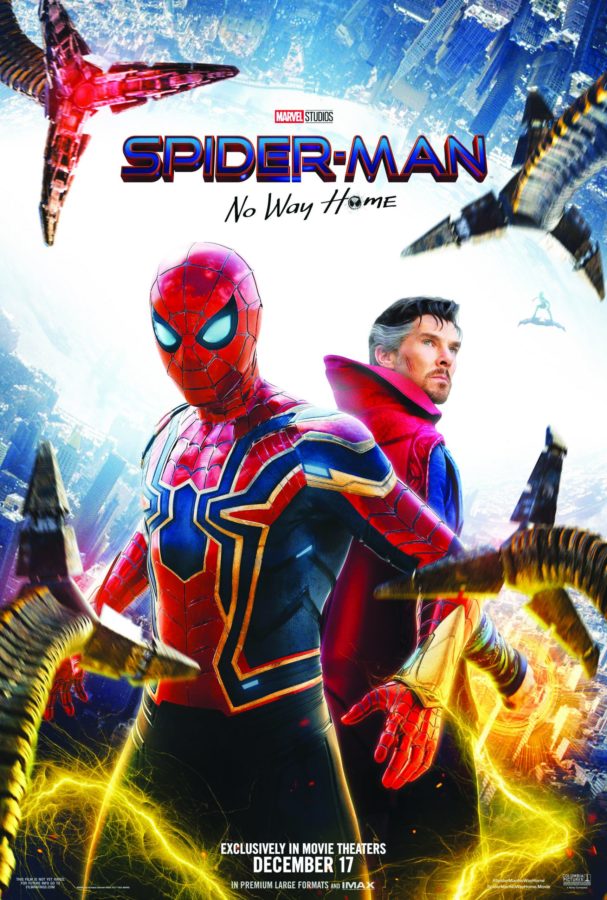“I wish people would stop doing that,” Lisa said after a fellow character reconvened with her by committing yet another fantastically loud jump scare.
Those words had been mine half an hour before.
“Blair Witch” hit U.S. theaters Sept. 16 and grossed $9.7 million in its opening weekend. Directed by Adam Wingard (“V/H/S”), the film is a sequel to the late-90s cult horror hit “The Blair Witch Project.”
The creators failed to recognize the importance of subtlety in filmmaking. This is painfully evident in their eagerness to “modernize” the story and shoehorn smartphones, Bluetooth cameras and a drone. Furthermore, we get tastes of flying tents and characters being transported to another dimension.
You think I’m kidding. Yep, this is a canon “Blair Witch” movie.
As one can imagine, the film, much like other contemporary horror entries, relies heavily on jump scare marathons to keep the viewer interested. As one can also imagine, this element gets boring. Characters incessantly jumping out of the woods and evidently slapping the camera for effect at first comes off as irritating but quickly becomes apparent as lazy filmmaking.
Speaking of lazy, my favorite character in the movie didn’t appear on screen. Our pretty- boy protagonist heads off to the woods to find his sister, who had disappeared at the end of the original “Blair Witch.” I found myself happily sympathetic because I wanted to find his sister, too. But I soon realized that this relies on the viewer having seen the original movie and that the characters can’t stand on their own.
While some critics (who are idiots) might call it a minor flaw, one of the film’s greatest problems is, spoiler, that the black character dies first. I honestly didn’t know we were still doing this kind of thing. I thought we’d fixed the problem by having all-white casts these days. (This is meant to be sarcastic. I am an advocate for diversity in all creative fields.)
Eduardo Sanchez’s and Daniel Myrick’s original, “The Blair Witch Project,” once did what modern horror films fail to do: It scared us.
Looking back, the elements that made the film effective are remarkably different from the horror tactics used in films like “Paranormal Activity” and “Insidious.” The buildup lasts the entire movie. The film centers not on noisy jump scares but quiet dread. The cinematography, wrought with intentional film grain and pixelation, makes the viewer feel vulnerable.
However, this installment is so blatant that we even see the witch on screen. There was a time when directors knew that not being able to see a force terrorizing characters was a potent storytelling device. One of the reasons films like “The Shining” and even “The Blair Witch Project” birth legacies is that their makers understand fear of the unknown.

